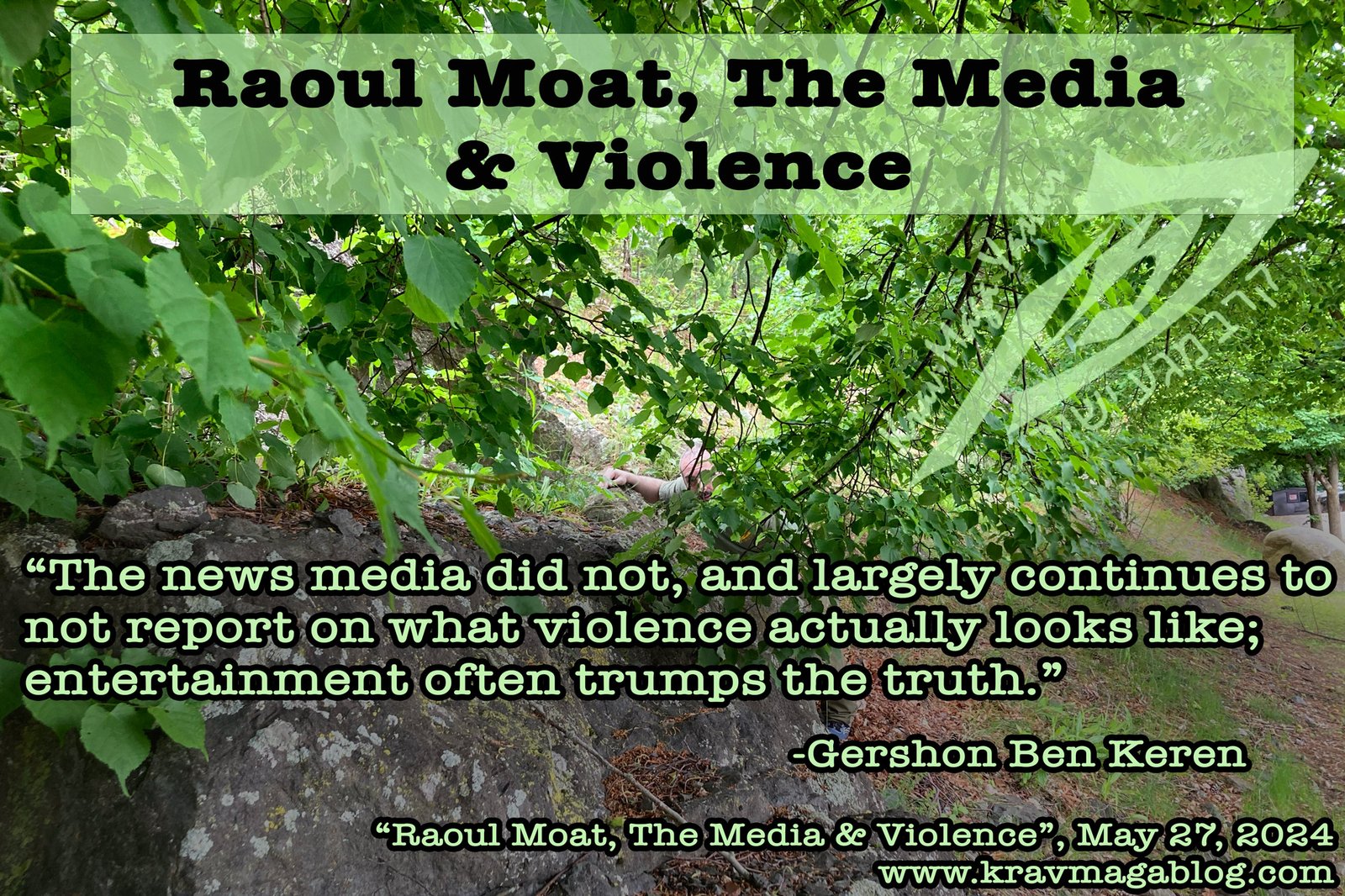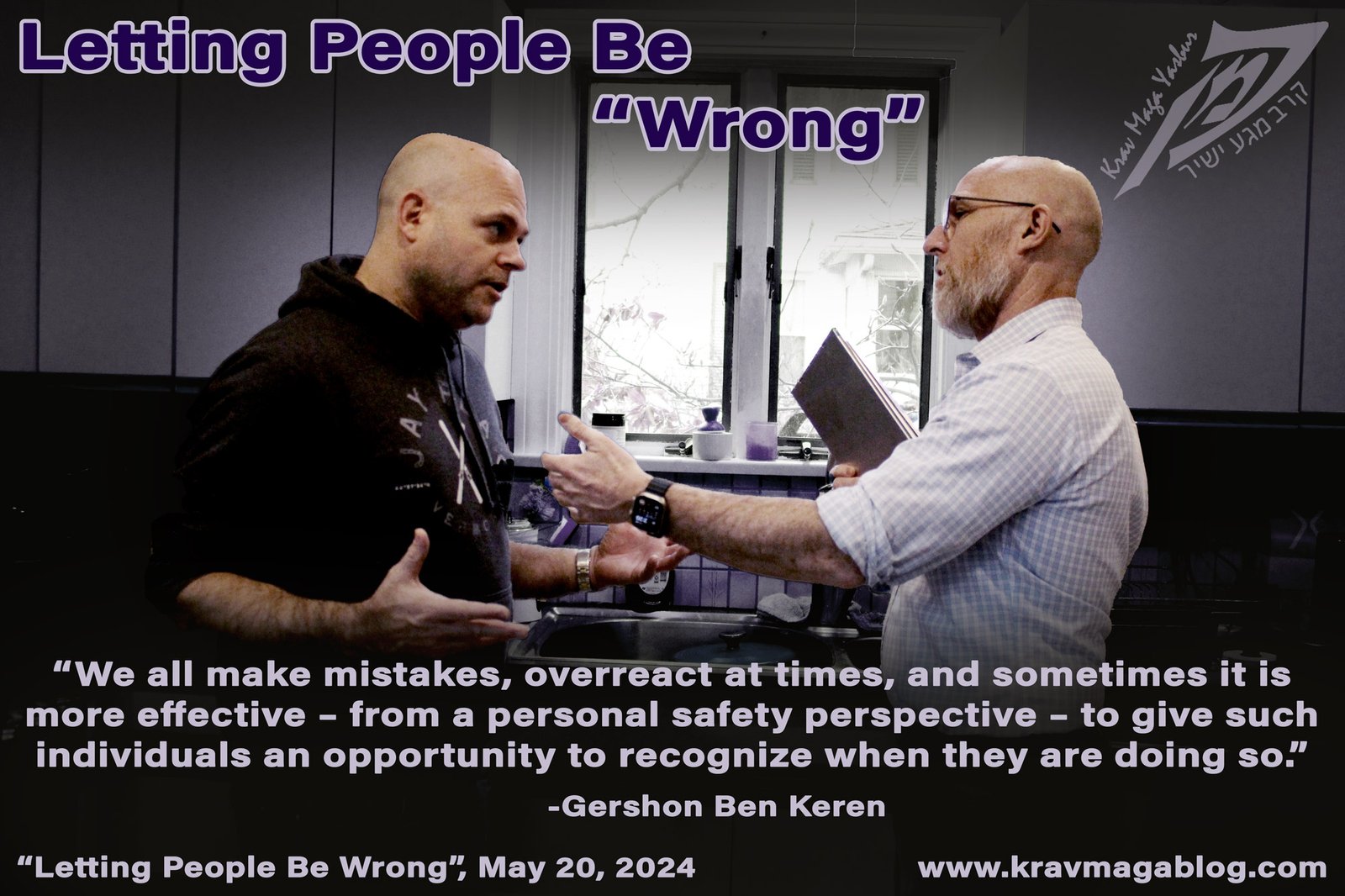Conflict Communication
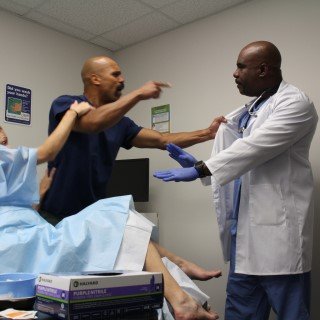 Most violent crime and acts of violence are the result of poorly managed social interactions, where one or both parties feel that they have been disrespected
in some way or believe that they have experienced some form of injustice etc. This can happen in a variety of settings including the workplace, which may be an
emergency room/ward, a retail outlet and/or a person’s home e.g., a home visitation. Knowing how to communicate in stressful situations, without escalating them
into a crisis isn’t a skill that we are born with but one that must be learnt. We provide a variety of training packages around conflict communication, including
how to communicate positively, how to de-escalate emotionally volatile incidents, and how to resolve conflict in a way that ends an interaction in a far more
positive way that it started. Please use the button below to contact us about the training options we can provide.
Most violent crime and acts of violence are the result of poorly managed social interactions, where one or both parties feel that they have been disrespected
in some way or believe that they have experienced some form of injustice etc. This can happen in a variety of settings including the workplace, which may be an
emergency room/ward, a retail outlet and/or a person’s home e.g., a home visitation. Knowing how to communicate in stressful situations, without escalating them
into a crisis isn’t a skill that we are born with but one that must be learnt. We provide a variety of training packages around conflict communication, including
how to communicate positively, how to de-escalate emotionally volatile incidents, and how to resolve conflict in a way that ends an interaction in a far more
positive way that it started. Please use the button below to contact us about the training options we can provide.
Retail Loss Prevention
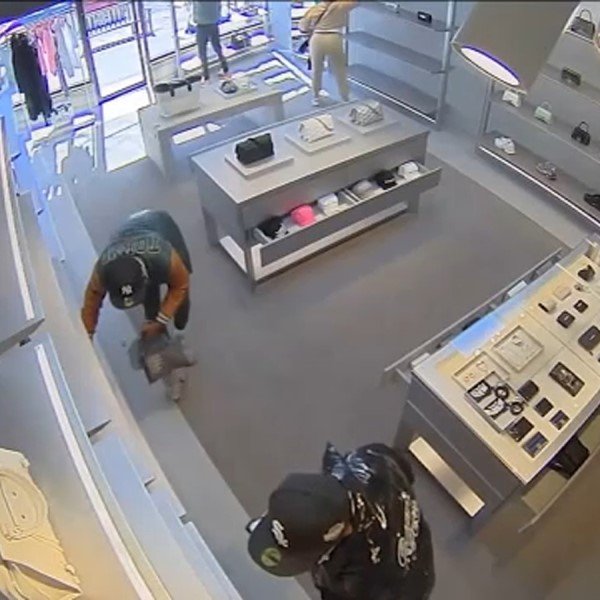 Retail Loss Prevention is about the protection of all of a retailer’s assets, including cash, merchandise, employees, customers and also the brand. Because of this the term
“Asset Protection” is often used in place of Retail Loss Prevention. The protection of brand in recent years has become a more important part of Loss Prevention, as negative
publicity can impact the reputation of the brand e.g., when it was reported that Nike was using outsourced factories to make its shoes, and these were substandard and in poor
condition it affected the status of their brand. One of the main functions of a Loss Prevention Department is the control of merchandise shrink. Shrink is the unaccounted value
of merchandise. Whilst many retailers focus on “shrink”, by addressing shoplifting, employee theft and
paperwork errors make up around two thirds of all shrink. Please contact us about our retail loss prevention services.
Retail Loss Prevention is about the protection of all of a retailer’s assets, including cash, merchandise, employees, customers and also the brand. Because of this the term
“Asset Protection” is often used in place of Retail Loss Prevention. The protection of brand in recent years has become a more important part of Loss Prevention, as negative
publicity can impact the reputation of the brand e.g., when it was reported that Nike was using outsourced factories to make its shoes, and these were substandard and in poor
condition it affected the status of their brand. One of the main functions of a Loss Prevention Department is the control of merchandise shrink. Shrink is the unaccounted value
of merchandise. Whilst many retailers focus on “shrink”, by addressing shoplifting, employee theft and
paperwork errors make up around two thirds of all shrink. Please contact us about our retail loss prevention services.
Employee Safety/Self-Protection Training
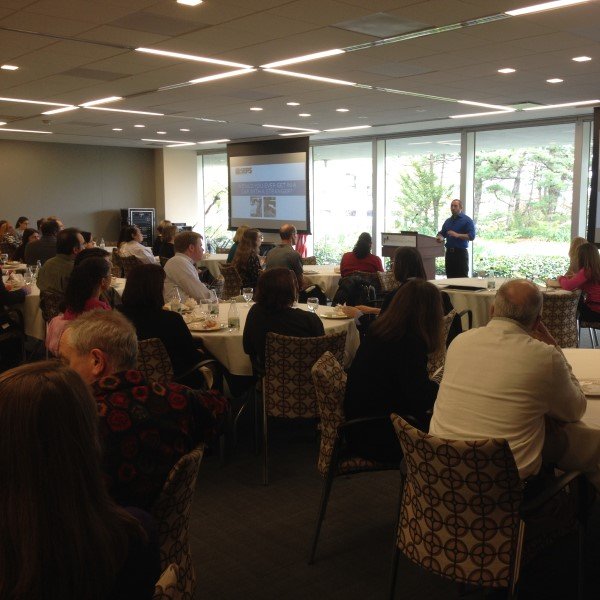 An organization’s most important assets are its employees, and many enterprises want to ensure the safety of their employees both on and off-site, concerning violent offenses.
Many organizations believe that the best way to do this is by offering some form of physical self-defense training and are unaware that in the security industry there is a type
of training referred to as self-protection. This involves training individuals in how to predict, identify and avoid becoming the target/victim of a criminal act. Using
criminological studies and research, along with proven and effective security measures, it is possible to educate people to the processes that offenders use to target and gain
access to those they victimize. By teaching individuals how to recognize the stages of such processes it is possible for them to identify offenders before they gain access to
them and exit the environment.
An organization’s most important assets are its employees, and many enterprises want to ensure the safety of their employees both on and off-site, concerning violent offenses.
Many organizations believe that the best way to do this is by offering some form of physical self-defense training and are unaware that in the security industry there is a type
of training referred to as self-protection. This involves training individuals in how to predict, identify and avoid becoming the target/victim of a criminal act. Using
criminological studies and research, along with proven and effective security measures, it is possible to educate people to the processes that offenders use to target and gain
access to those they victimize. By teaching individuals how to recognize the stages of such processes it is possible for them to identify offenders before they gain access to
them and exit the environment.
Threat Analysis
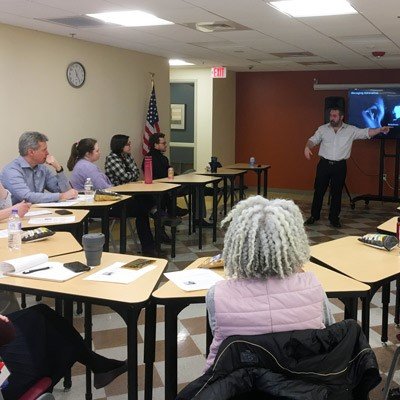 Threat analysis involves a systematic examination of potential events, actions, or occurrences that could negatively impact an organization. It involves assessing various types
of threats, such as those made by employees whose contracts have been terminated, and the identifications of vulnerabilities that a threat could exploit e.g., knowing the parking space
of the manager who fired them etc. From this a risk assessment can be made, and the potential impact of the threat measured. The primary goal of threat analysis is to understand,
anticipate, and mitigate risks to enhance security and resilience. One of the main areas of threat analysis involves recognizing and listing the potential threats that could pose risks
to an organization. These threats can be internal (such as employee negligence or malicious insiders) or external (such as cyberattacks). Contact us about threat analysis.
Threat analysis involves a systematic examination of potential events, actions, or occurrences that could negatively impact an organization. It involves assessing various types
of threats, such as those made by employees whose contracts have been terminated, and the identifications of vulnerabilities that a threat could exploit e.g., knowing the parking space
of the manager who fired them etc. From this a risk assessment can be made, and the potential impact of the threat measured. The primary goal of threat analysis is to understand,
anticipate, and mitigate risks to enhance security and resilience. One of the main areas of threat analysis involves recognizing and listing the potential threats that could pose risks
to an organization. These threats can be internal (such as employee negligence or malicious insiders) or external (such as cyberattacks). Contact us about threat analysis.
Forensic Linguistics Training & Services
 Forensic linguistics is a field that applies linguistic knowledge, theories, and methodologies to matters within the legal system. It involves the analysis of language and
communication to aid in legal investigations, court cases, and other legal contexts. Forensic linguistics primarily concerns itself with authorship analysis i.e.,
Determining the authorship of texts (e.g., emails, letters, social media posts) by analyzing linguistic features such as writing style, syntax, vocabulary, and patterns of language use.
This analysis can be crucial in cases involving anonymous threats (and may form part of a threat analysis), ransom notes, or disputed documents. Forensic linguistics also concerns
itself with matters of plagiarism and the identification of multi-authored documents etc. If you are looking to determine the authenticity and authorship of certain documents,
please contsact us using the button below.
Forensic linguistics is a field that applies linguistic knowledge, theories, and methodologies to matters within the legal system. It involves the analysis of language and
communication to aid in legal investigations, court cases, and other legal contexts. Forensic linguistics primarily concerns itself with authorship analysis i.e.,
Determining the authorship of texts (e.g., emails, letters, social media posts) by analyzing linguistic features such as writing style, syntax, vocabulary, and patterns of language use.
This analysis can be crucial in cases involving anonymous threats (and may form part of a threat analysis), ransom notes, or disputed documents. Forensic linguistics also concerns
itself with matters of plagiarism and the identification of multi-authored documents etc. If you are looking to determine the authenticity and authorship of certain documents,
please contsact us using the button below.
Human Resources - Security & Safety Training
 When a manager/organization is hiring for a position, their primary concern is usually about the applicant’s competency to do the job e.g., do they possess the skills and
knowledge to fulfill the tasks being asked of them etc. A manager may also consider how personality-wise they may fit into a team or the culture of the company. However,
safety/security are often not considered unless the position requires the handling of cash etc. Few interview questions are directed as to whether a new hire is a security risk,
either concerning data/information or to their fellow employees. However, there are ways to ascertain this with the right training. As important as making sure a new hire
doesn’t pose a threat to the organization and its assets is how that individual’s contract is terminated. If you are interested in receiving training in these areas, please contact us
using the button below.
When a manager/organization is hiring for a position, their primary concern is usually about the applicant’s competency to do the job e.g., do they possess the skills and
knowledge to fulfill the tasks being asked of them etc. A manager may also consider how personality-wise they may fit into a team or the culture of the company. However,
safety/security are often not considered unless the position requires the handling of cash etc. Few interview questions are directed as to whether a new hire is a security risk,
either concerning data/information or to their fellow employees. However, there are ways to ascertain this with the right training. As important as making sure a new hire
doesn’t pose a threat to the organization and its assets is how that individual’s contract is terminated. If you are interested in receiving training in these areas, please contact us
using the button below.
Workplace Violence Solutions & Training
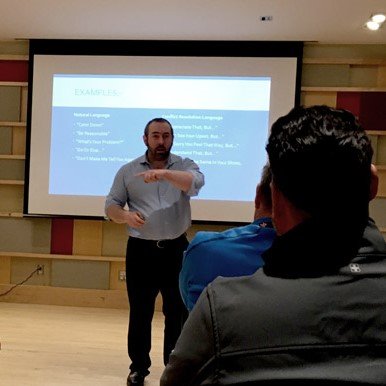 An organization’s most important assets are its employees, and many enterprises want to ensure the safety of their employees both on and off-site, concerning violent offenses.
Many organizations believe that the best way to do this is by offering some form of physical self-defense training and are unaware that in the security industry there is a type
of training referred to as self-protection. This involves training individuals in how to predict, identify and avoid becoming the target/victim of a criminal act. Using
criminological studies and research, along with proven and effective security measures, it is possible to educate people to the processes that offenders use to target and gain
access to those they victimize. By teaching individuals how to recognize the stages of such processes it is possible for them to identify offenders before they gain access to
them and exit the environment.
An organization’s most important assets are its employees, and many enterprises want to ensure the safety of their employees both on and off-site, concerning violent offenses.
Many organizations believe that the best way to do this is by offering some form of physical self-defense training and are unaware that in the security industry there is a type
of training referred to as self-protection. This involves training individuals in how to predict, identify and avoid becoming the target/victim of a criminal act. Using
criminological studies and research, along with proven and effective security measures, it is possible to educate people to the processes that offenders use to target and gain
access to those they victimize. By teaching individuals how to recognize the stages of such processes it is possible for them to identify offenders before they gain access to
them and exit the environment.
Active Shooter Training
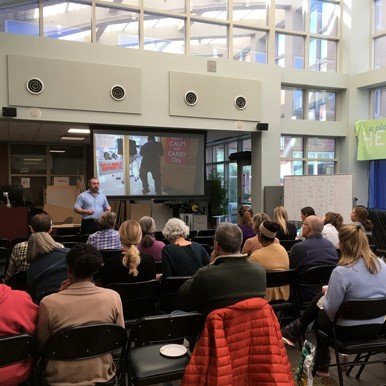 Enterprises and organizations, including businesses, religious centers, and educational facilities, all face the risk, albeit a statistically low one of having to deal with
an active shooter/active killer incident, whether the threat comes from within/internally, or externally. Despite the extreme nature of these events there do exist proven and effective measures for dealing with such incidents. We provide training for employees
and members of organizations in how to react and respond to such incidents, in such a way to limit the effects of such killing rampages. We present these tactics, strategies,
and methods in a reasoned, non-sensational way so as to reduce the emotional impact of discussing such subject matter, and empowering individuals to understand that they have
the ability to take control of situations that may at first appear to chaotic to manage. Please use
the button below to contact us about these services.
Enterprises and organizations, including businesses, religious centers, and educational facilities, all face the risk, albeit a statistically low one of having to deal with
an active shooter/active killer incident, whether the threat comes from within/internally, or externally. Despite the extreme nature of these events there do exist proven and effective measures for dealing with such incidents. We provide training for employees
and members of organizations in how to react and respond to such incidents, in such a way to limit the effects of such killing rampages. We present these tactics, strategies,
and methods in a reasoned, non-sensational way so as to reduce the emotional impact of discussing such subject matter, and empowering individuals to understand that they have
the ability to take control of situations that may at first appear to chaotic to manage. Please use
the button below to contact us about these services.

 Gershon Ben Keren is a criminologist and security consultant who
has been working in the security industry since 1990. He holds two master’s degrees: one in Criminology and Criminal Psychology, and another in Psychology, with an emphasis on
Forensic Psychology. He also holds professional certificates in crime analysis, retail loss prevention, and forensic linguistics. He is an active member of both the America Society of Criminology (ASC),
and the American Psychological Association (APA). He provides a range of services including consultancy and training to organizations, individuals, and security/law-enforcement agencies.
He also has experience working in a variety of forensic settings/environment.
Gershon Ben Keren is a criminologist and security consultant who
has been working in the security industry since 1990. He holds two master’s degrees: one in Criminology and Criminal Psychology, and another in Psychology, with an emphasis on
Forensic Psychology. He also holds professional certificates in crime analysis, retail loss prevention, and forensic linguistics. He is an active member of both the America Society of Criminology (ASC),
and the American Psychological Association (APA). He provides a range of services including consultancy and training to organizations, individuals, and security/law-enforcement agencies.
He also has experience working in a variety of forensic settings/environment.
